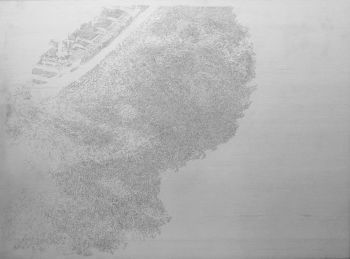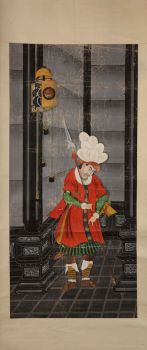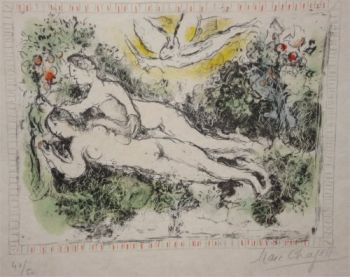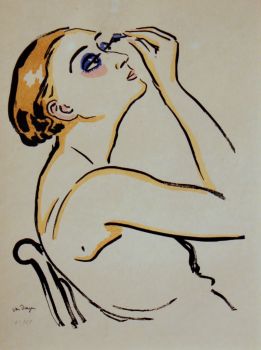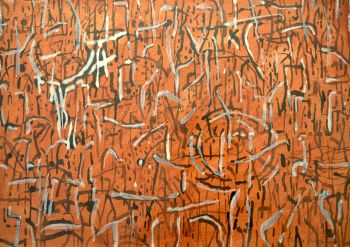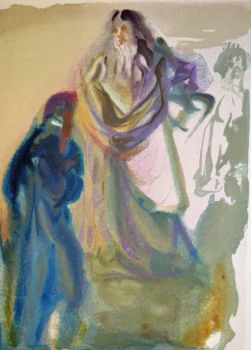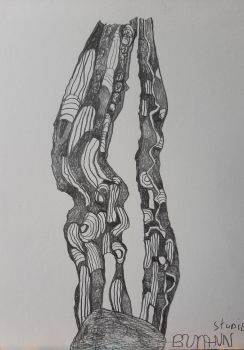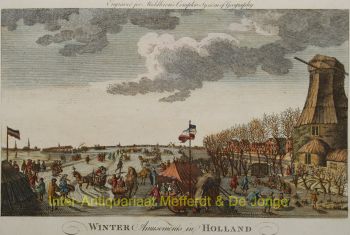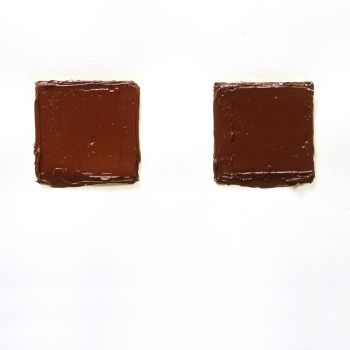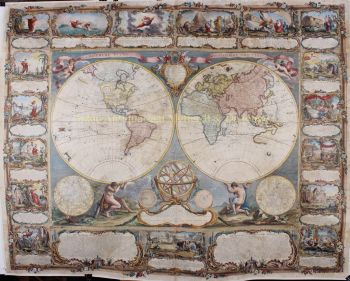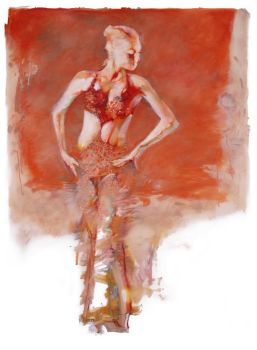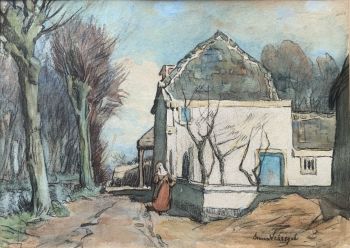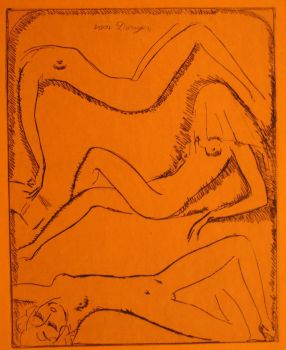Difference Between Print, Engraving, Etching, Woodcut, Silkscreen and Lithography in Printmaking
What do we mean by printmaking or graphics?
Printmaking is a collective term for all kinds of art that is made by means of a printing technique. The images created by the printing technique are called prints.
Because the prints are made with a printing technique, it is possible to repeat the printing process, which always produces the same print with the same image. Thanks to technical developments, numerous types of prints and printing techniques have developed over time.
The main 6 printing techniques in art are:
- the relief print; in Europe around 1400; example is woodcut
- intaglio printing: originated around 1500; example is etching
- the planographic print; from about 1800; example the lithograph
- the stencil print: from about 1925; example is the screen printing
- the photographic: from about 1850; example helio- or photogravure
- the computer or digital printing; from about 1960; example the laser print and giclée
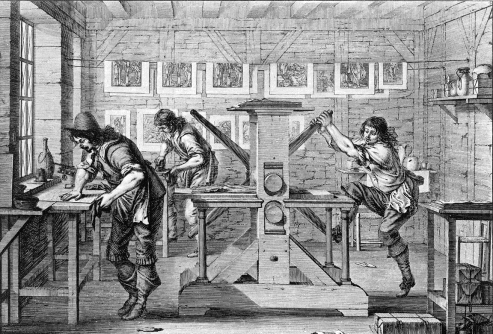 Printing Techniques; 17th century printing (etching/engraving), A. Bosse (1645)
Printing Techniques; 17th century printing (etching/engraving), A. Bosse (1645)1. Relief printing; woodcut and linocut
Relief printing is a graphic technique in which the printing ink is located on the raised areas of the printing form before printing. The simplest technique to make a letterpress is with a stamp. Other examples are wood engraving, woodcut, linocut and the cardboard printing, letterpress and flexography. This technique was formerly mainly used in the art of printing.
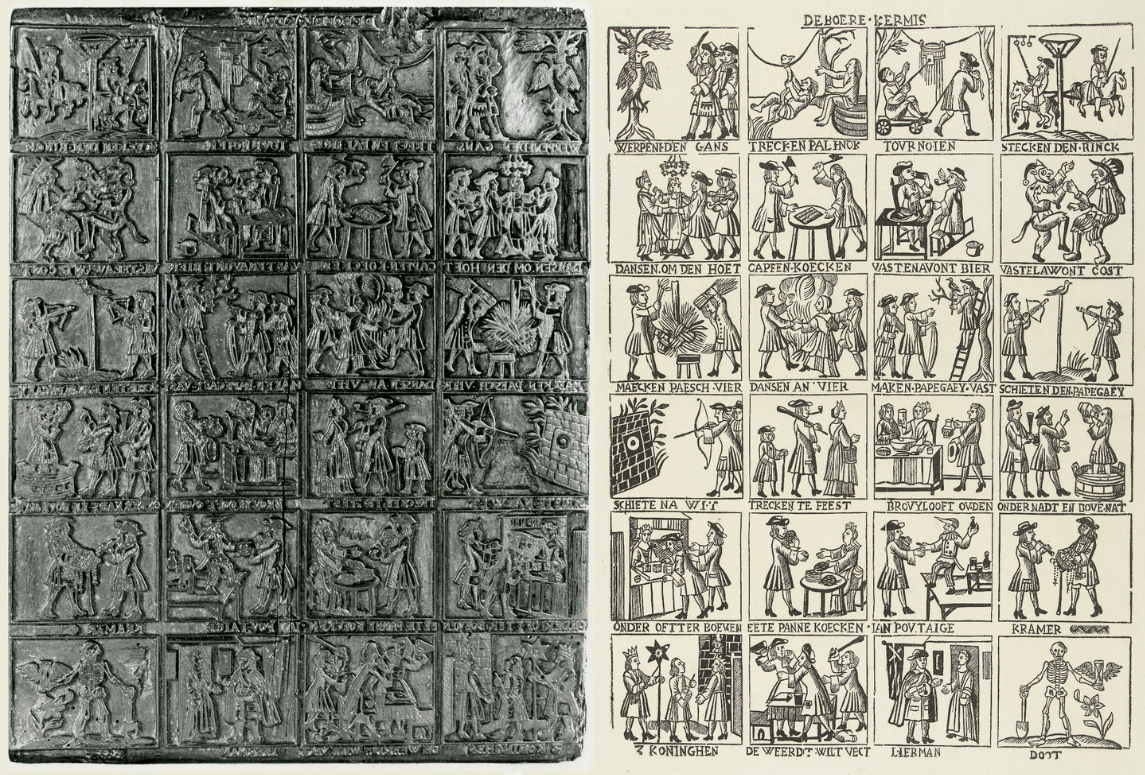 Relief print 'De Boere-kermis', from the Vander Haeghen printing house in Ghent, ca. 1860
Relief print 'De Boere-kermis', from the Vander Haeghen printing house in Ghent, ca. 1860
The image is cut from, for example, a sheet of wood in relief printing and is therefore visible on the printing form as an elevation. Everything that does not belong to the performance has been cut out. Stonemasons call this when they carve a tombstone high-relief. The raised image is inked with a roller or pad and then printed.

Printing a lino or woodcut, from top to bottom: paper, ink and printing form
Printing can be done by hand, rubbing firmly over the paper that has been placed on the printing form. This results in irregular printing. More even prints are obtained by using a printing press.
Sometimes one sees on the back of a print that the image has, as it were, been pressed into the paper, has become a 'must', almost a stamp, in the paper. Then it was pressed with great force. Relief printing includes the woodcut, the linocut and the wood engraving.
Woodcarving or xylography
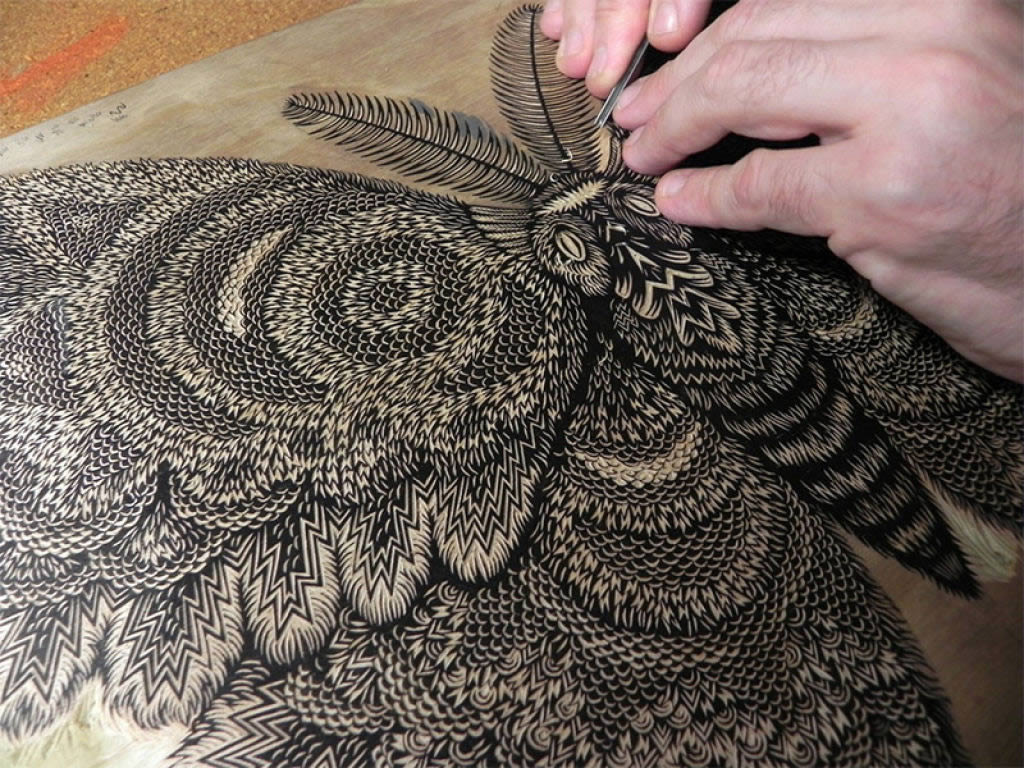 Xylography or woodcut is the printing technique that preceded the technique patented by Gutenberg
Xylography or woodcut is the printing technique that preceded the technique patented by Gutenberg
Linocut
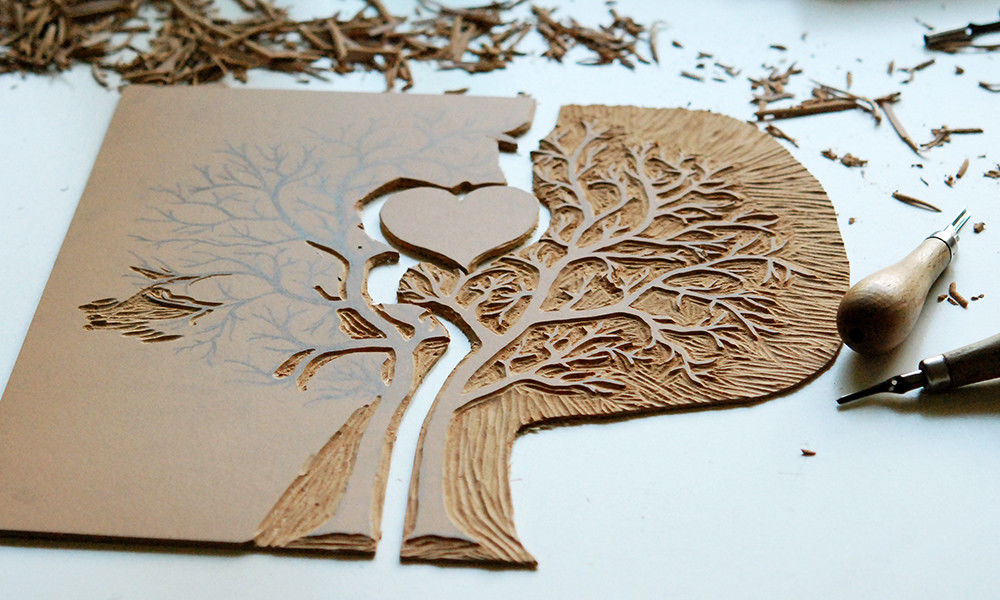 Example of a linocut printing form
Example of a linocut printing form
2. Intaglio printing; engraving, etching, aqua- and mezzotint
Intaglio printing (also known as copper intaglio printing) is a graphic printing technique. This technique is characterized by the use of a printing plate (ink transferr) in which small recesses hold the ink (intaglio). Examples are the manual etching and drypoint technique, and industrial rotogravure (copper intaglio printing).
From top to bottom: paper, plate, ink in recessed areas
Engraving
Etching
When etching, a copper plate with a layer of wax is often used. the image is then scratched into the wax layer by an etching needle or a burin. These scratches are eaten away by an acid in the copper plate. These grooves can transfer the ink to the paper with an etching press.
If you then place that plate in a container with etching acid (usually nitric acid), the metal in the lines will be etched away. A groove is created into which the ink is rubbed. On the etching press, the damp paper is then pressed into the grooves where it absorbs the ink.
There are many different techniques for etching an image into a plate, some examples are mezzotint, aquatint, sugar aquatint and varnish-mou.
Mezzotint
With the mezzotint, the entire copper plate is first roughened with a so-called cradle iron, an instrument with a fan-shaped, serrated head that leaves rows of pits and burrs on the copper plate. If you print a fully pre-processed mezzotint plate, you will get a black print.
To apply a representation, parts of the roughened plate are processed with a scraping or polishing steel. In those places the ink no longer takes up evenly and therefore the light areas arise in the print. By polishing more or less it is possible to make different gray tones. The technique enables smooth transitions between the different gray tones.
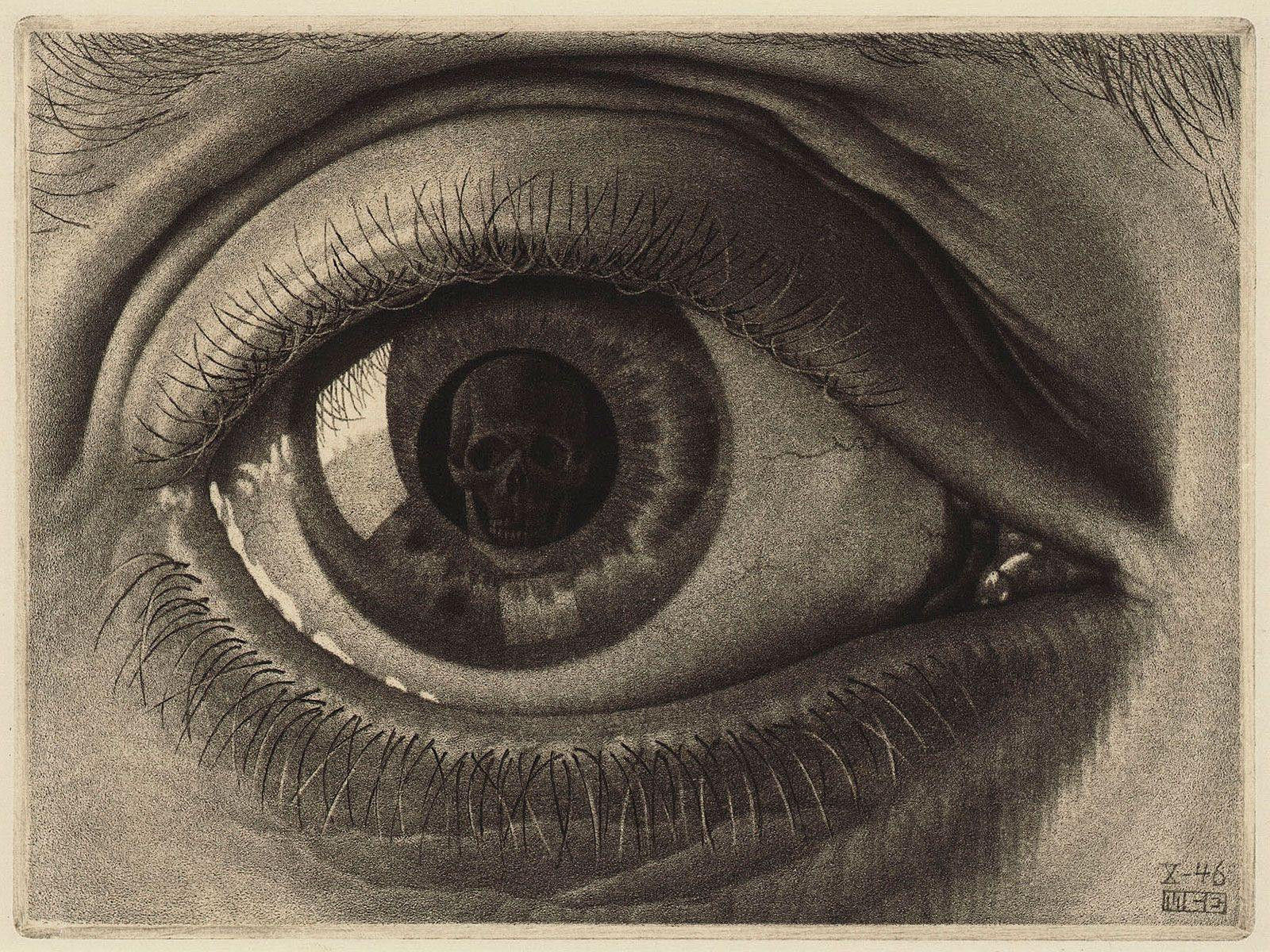
Aquatint
Just like mezzotint, aquatint is an intaglio etching technique that produces smooth surfaces rather than lines. Unlike a mezootint, aquatint starts with a smooth plate and the areas are roughened to make them darker. A watercolor-like result is created.
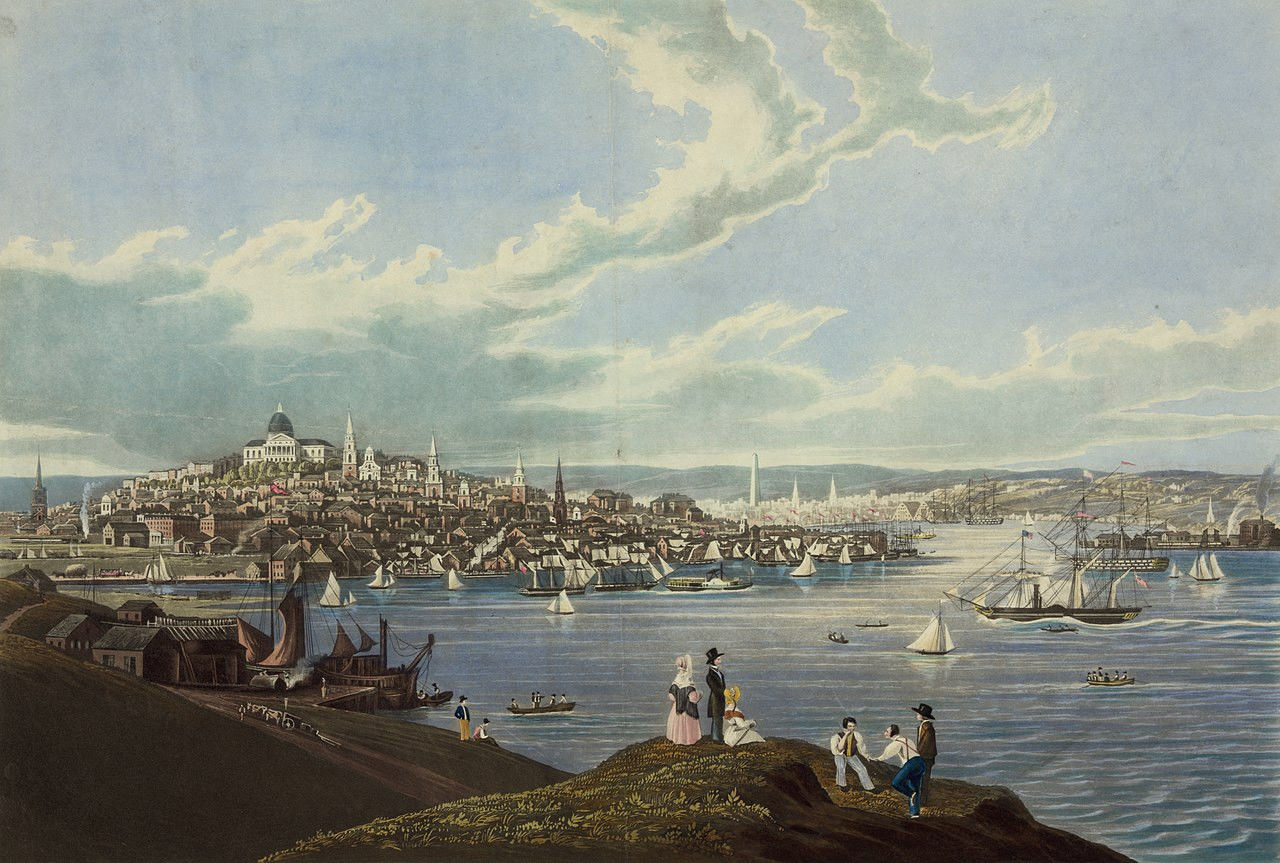 Example of an aquatint, View of Boston, Robert Havell, 1841
Example of an aquatint, View of Boston, Robert Havell, 1841
3. Planographic printing; lithography and offset
The planographic printing technique was discovered at the end of the 18th century and is characterized by an image transfer (stone or printing plate and rubber) of which the inked part does not differ in height from the non-inked part. Planographic printing works on the principle that water (unprinted part) and grease (ink; printed part) repel each other.' The planographic printing includes lithography (stone printing) and offset printing.
Lithograph
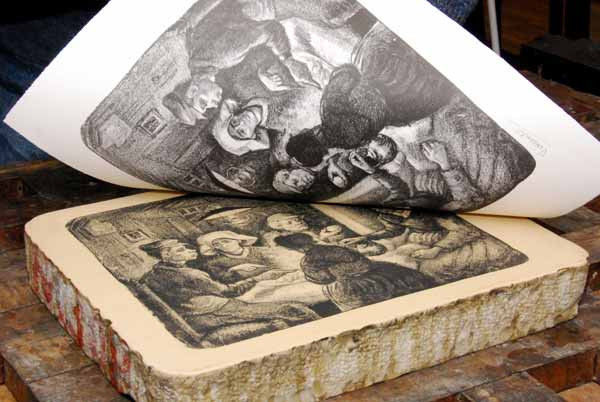
For each color to be used in the lithography, a separate stone (print pass) is prepared, which are printed one over the other on the paper. This is also known as 'chromolithography'. Artists who often use or have used lithography include: Corneille, Karel Appel, Kees van Dongen and Joan Miro.
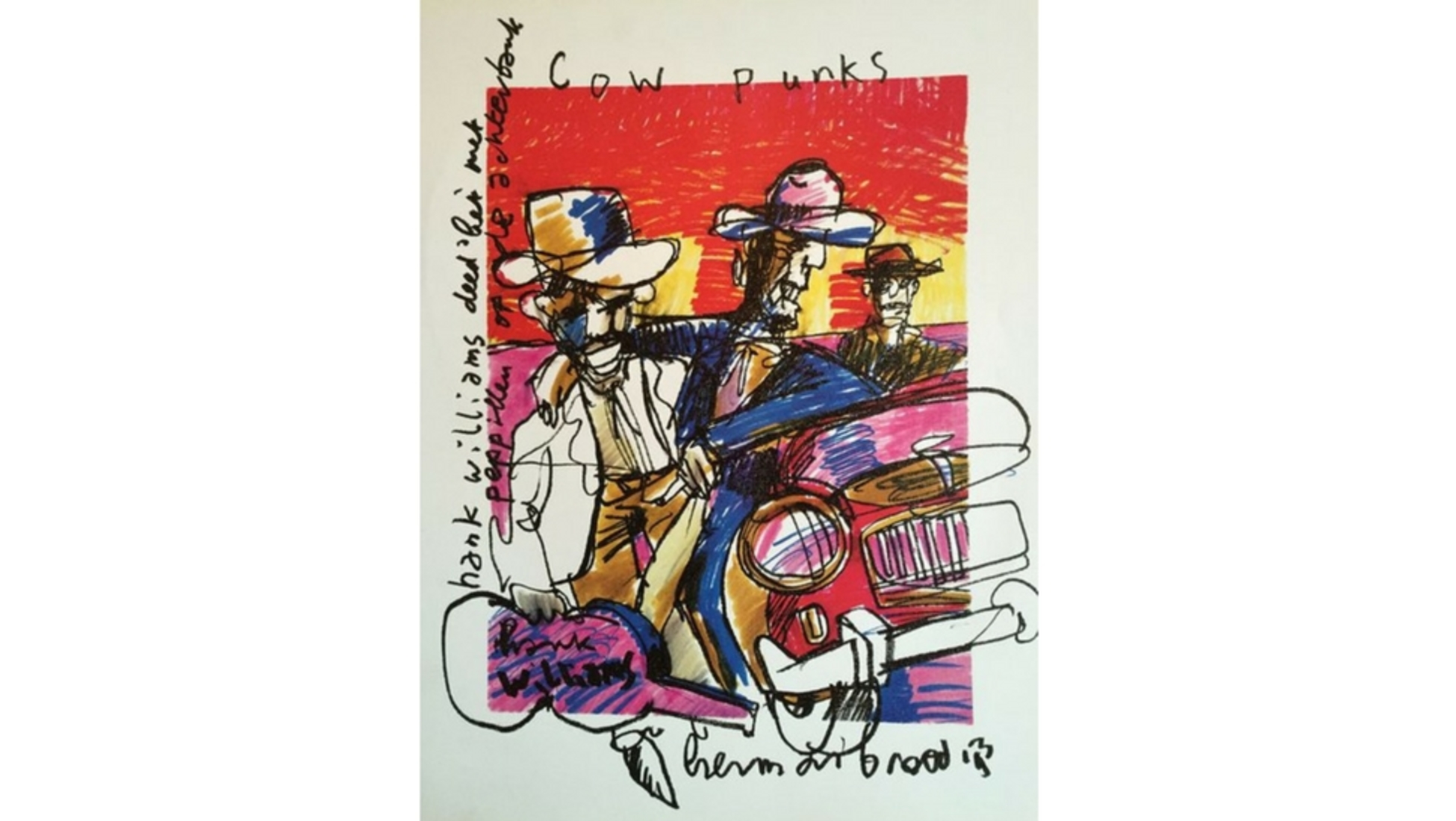
Offset printing
A very modern form of planographic printing techniques is the 'offset printing'. Offset printing is particularly suitable for making high print runs that can be printed quickly, such as a daily newspaper.
This printing form often consists of a thin aluminium plate on which an image has been applied by a photographic way using greasy ink and water only the ink is printed on a rubber blanket and this rubber blanket then prints the image on the paper.
There are huge quality differences in offset lithography, among other things due to the fine or coarser screens used, inks and paper quality. Then we speak of High Quality offset or HQ art print.
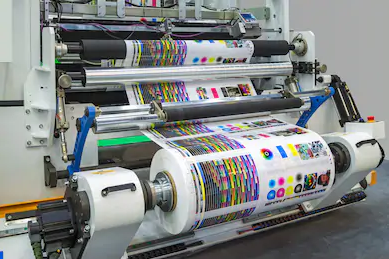
4) Stencil printing or silkscreen printing
The screen printing or printing technique or silkscreen print is an old printing technique used during the Song dynasty in China from 960-1279 AD. It is a printing process based on a template.
The ink is pressed by a printing form into a stretched piece of gauze (template). It is made and although the 'screen' was originally made of silk, today they are often made of finely woven polyester or nylon.

Making a screen print. From top to bottom: the screen frame, the ink and the paper. A squeegee presses the ink through the mesh onto the paper
Screen printing or silkscreen printing
Screen printing, also known as serigraphy or silkscreen printing, is a printing technique in which the ink is pressed through a kind of template, the printing form. This printing form is in a frame in which a sieve, a fine (polyester) mesh, is stretched.
The printing form is exposed to the screen using a photosensitive layer and a film and unexposed parts are then washed out of the screen. The ink is pressed through the open parts of the screen. A separate frame with printing form (sieve) is required for each colour. Different shapes or colors can be printed on or next to each other with this technique.
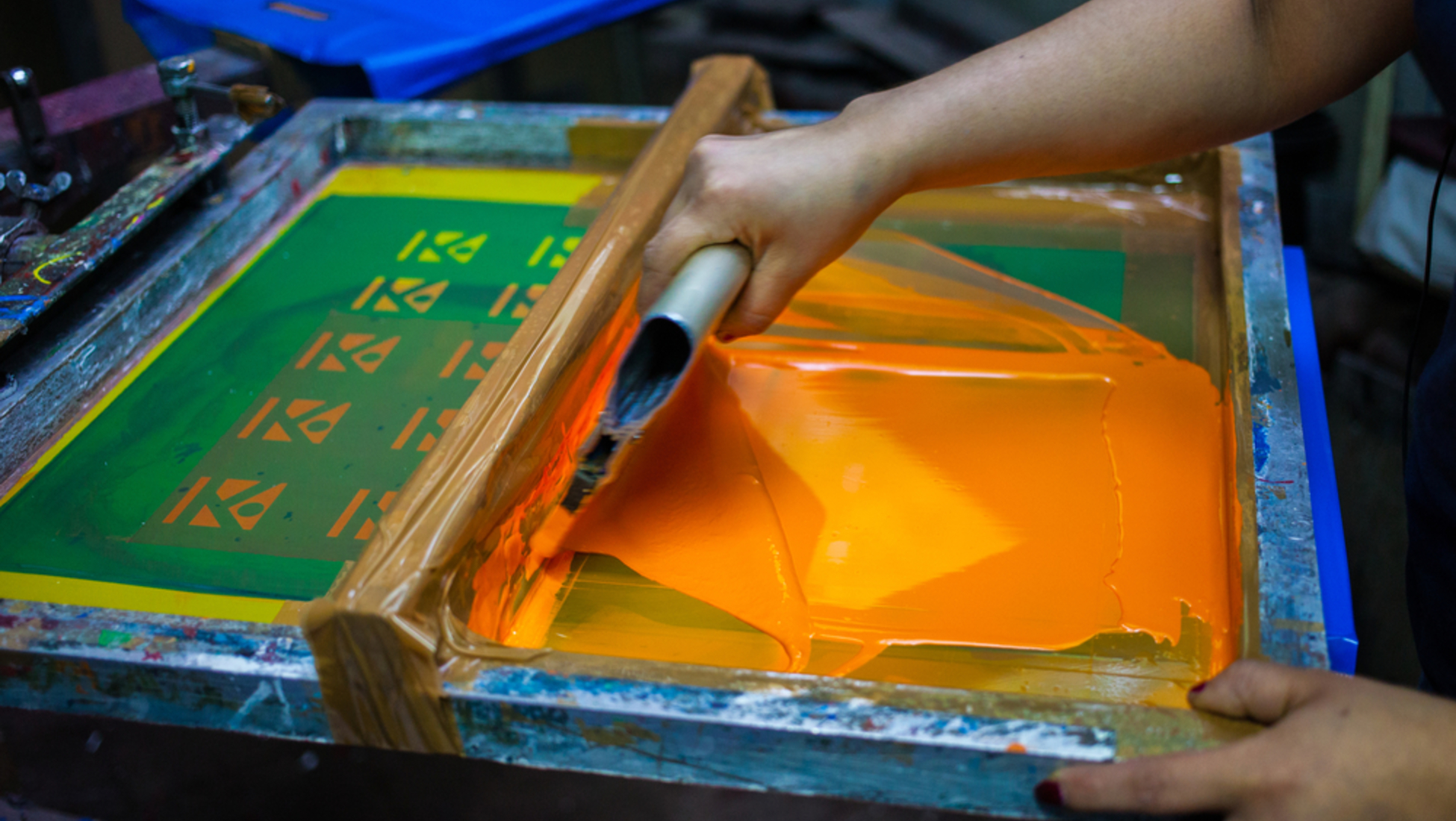 Screen printing, also known as silkscreen print, is a template-based printing process used to create beautiful colors and textures
Screen printing, also known as silkscreen print, is a template-based printing process used to create beautiful colors and texturesIn multi-color screen printing, each new color is printed with a new template or screen. So a separate printing form or screen is required for each colour. A screen print often has beautiful colors and textures. Screen printing is a printing technique that is still often used today for printing posters and textiles.
 A silkscreen print by Andy Warhol of Marilyn Monroe
A silkscreen print by Andy Warhol of Marilyn Monroe
Andy Warhol was the first artist to use the screen printing technique extensively. Everyone knows the beautiful, often colorful screen prints that were used a lot by the pop-art artists.
5) Photographic or light printing; helio- or photogravure
Let's start with the definition of a photographic printed work of art. This is a very broad term encompassing many different printings, but essentially any photomechanically copied work of art means that it is a reproduction. In this process, as the name suggests, a photographic print is made with ink on paper and not with light-sensitive material. You can see it as an early bridge between the analog and digital times.
Heliogravure or photogravure
A heliogravure (or photogravure) is such a graphic 'analogue' technique to add an image to the printing process. This involves applying a photographic image in a fixed, light-sensitive layer to a printing plate. This is etched and printed by inking the deepened surfaces. The name is also used for the final product, the print image.
Sir Lawrence Alma Tadema, for example, used this technique at the end of the 19th century, as one of the first artists of his time, to sell his 'paper copies' of his original paintings to a wider public.
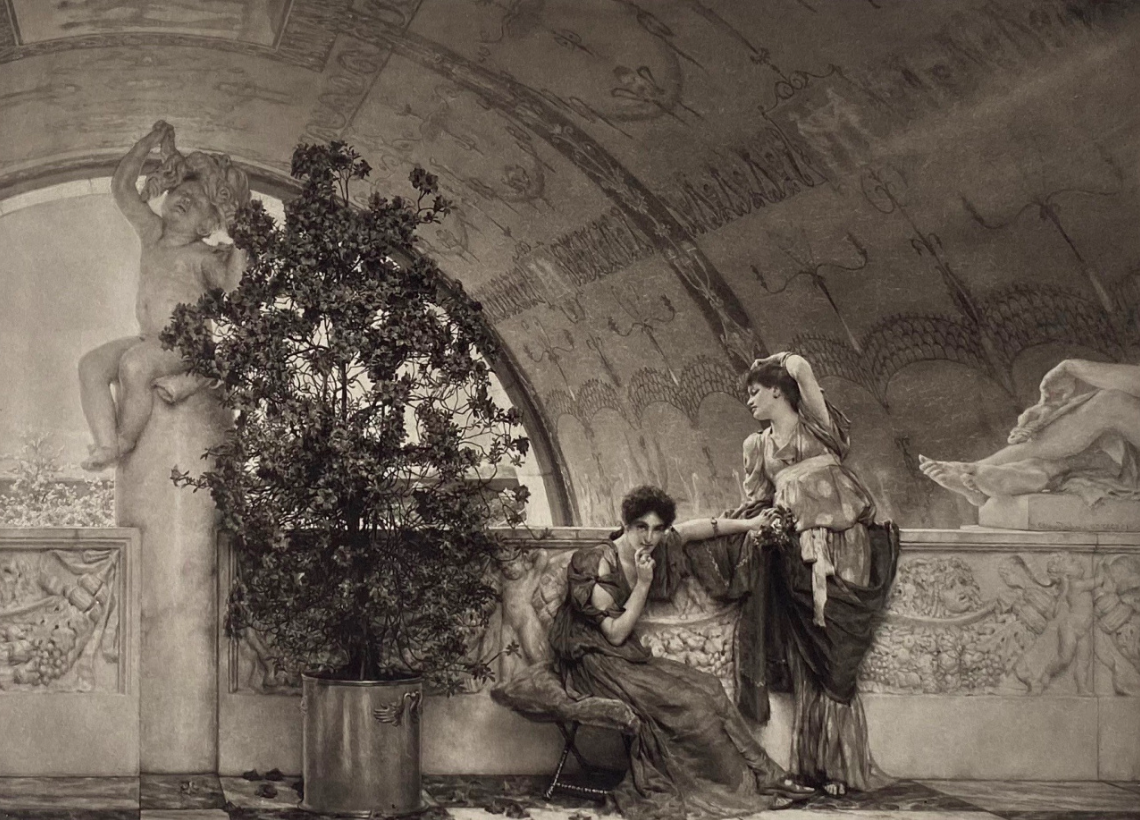
6) Digital printing; giclée and polygraphic
From the 1990s, the digital printing technique was created whereby the relevant image is digitized and stored and then printed by a special printer.
Giclee
A giclée is a digital printing technique with a relatively new type of color printing of very high quality. It is also sometimes referred to as "iris print" or "piezography."
The basis for the glicée is a complex and professional inkjet printer that prints with colourfast ink pigments, creating a deep contrast, intense colors and the highest possible resolution. The paper is also sturdy and of high quality.

For the giclee print, a digital 'scan' or high-quality digital photo is first made of the original work, followed by proofs to which any image or color corrections are applied. Well-known artists whose giclées are currently for sale include: Armando and Damien Hirst.

Polygraph
Sometimes such a print is finished by hand with spray can, brush, etc. Then we speak of a "hand finished" or "polygraph" version, where each giclee is slightly different and therefore unique.
Where to buy original prints or graphics?
If you buy prints or graphics, it is important to know exactly what you are paying for. Here at Gallerease you will only find original and guaranteed quality.
All our artworks are curated by renowned galleries and art dealers. For our online overview of available prints and graphics, see also via the following link.
If you would like more information about what exactly you should pay attention to when valuing printmaking or graphics, read the following article.







